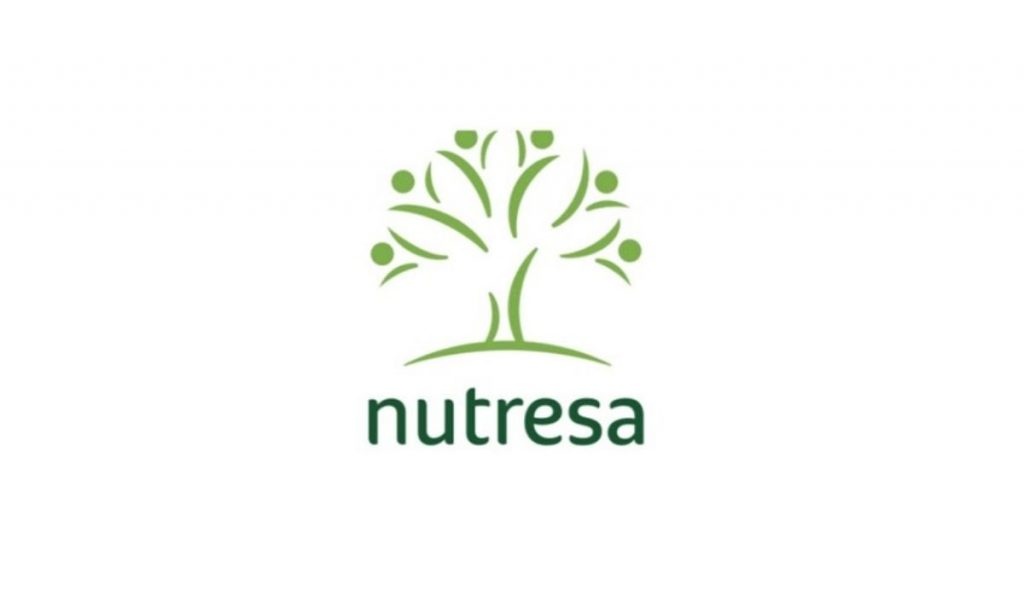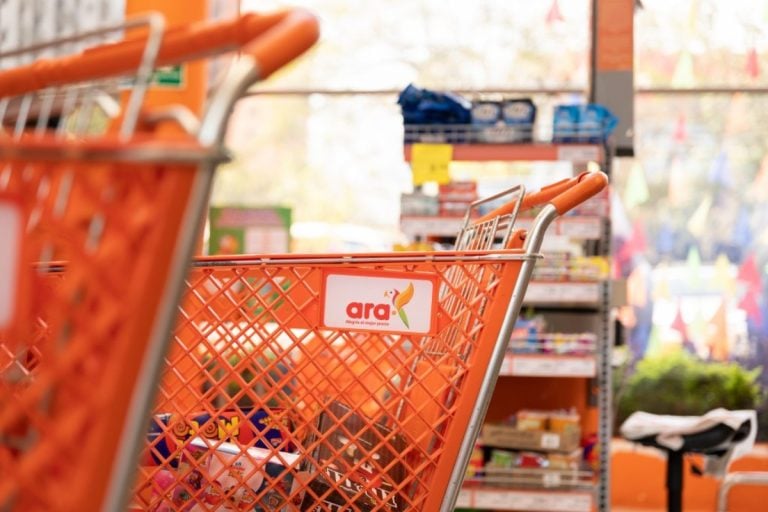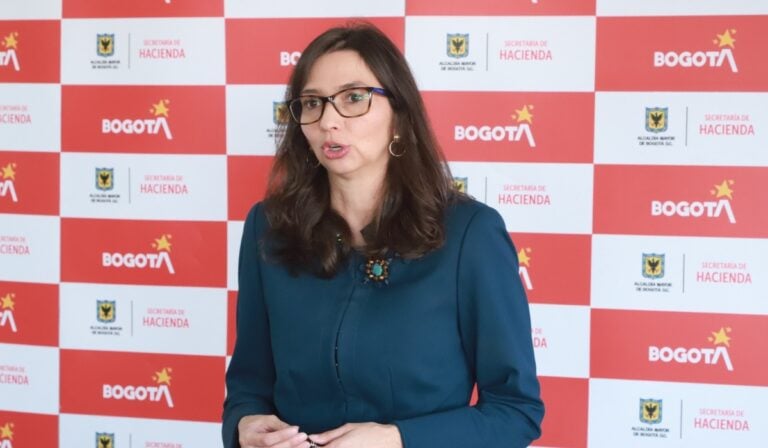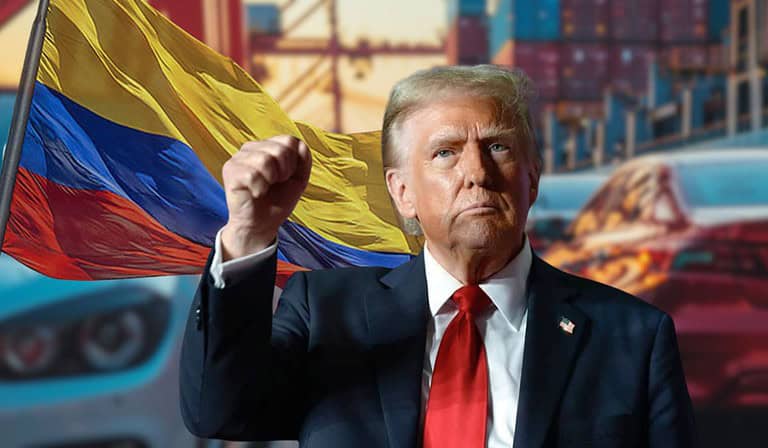Un análisis realizado por Scotiabank asegura que en la oferta pública de adquisición (OPA) por Nutresa, el Grupo Gilinski busca comprar “lo más barato posible”. Lea más en Noticias Empresariales.
De acuerdo con los analistas del banco, este es el mensaje que se ha enviado desde las compañías Nugil y Royal Group de Emiratos Árabes, que lanzaron formalmente la oferta en noviembre pasado.
Además, indicaron desde el mercado se ve que esta sería la última oferta de Gilinski por Nutresa, según las entrevistas que ha dado a diversos medios.
De allí que desde Scotiabank les recomendaran a los accionistas ignorar todo lo que su equipo tenga por decir.
Recomendado: Gilinski amplía plazo de OPA por Grupo Nutresa
“Él no tiene ninguna intención de ser honesto en este juego de la gallina”, indicaron los expertos.
Eso sin contar con que aseguraron que no creen que el Grupo Gilinski esté muy interesado en Nutresa, aunque indicaron que al ser un activo sólido, podría presentarse una oferta más alta en los días finales de la OPA.
No es gratuito que esta semana, a pocos días de culminarse el periodo de la oferta, se solicitara la extensión del plazo hasta el 12 de enero.
Vale recordar que, a la fecha, Gilinski apenas había logrado el 1% del máximo que busca obtener. Y, de paso, su OPA fue rechazada tanto por Grupo Argos como por Grupo Sura.
Así lo decidieron las respectivas Juntas Directivas de las compañías, que, entre otras, aseguraron que el precio indicado (US$7,71 por acción) es mucho menor al valor real de la empresa.
Vale recordar que, al 31 de diciembre del 2020, Grupo Argos tenía el 9,8% de participación en Nutresa, mientras que Grupo Sura contaba con el 35%.
Lea también: Gilinksi ha logrado un millón de acciones de Nutresa, apenas 0,35% de lo que busca comprar
A continuación, reproducimos textualmente, en su versión en inglés, el informe de Scotiabank sobre la OPA sobre Nutresa, conocido por Valora Analitik:
Informe sobre OPA por Nutresa
Sura is Also a No-Go – Elsewhere, Would Gilinski Offer More?
Would Gilinski Follow with a Higher Offer? We’ve been wondering: if the offer failed as it’s looking likely, would Gilinski follow with a higher offer? First off, one needs to understand that he wants to buy as cheap as he can. So, whether he is willing to raise the offer or not, he is incentivized to send the following message: “This is my final price.” And that’s just what his team has been doing in the media. So, the first thing we would advise shareholders is: “ignore anything his team says; he has no incentive to be honest in this game of chicken.”
Now, let’s talk financials. Is raising the offer from 9x 2022E EBITDA to 10x or 11x reasonable? We think so. We don’t imagine he is very interested in Nutresa (his track record is spotty in F&B, not like with financials), so one has to think: can he buy it at a higher price, optimize it and turn around to sell at a profit? We think so because as we’ve mentioned, average transaction comps have averaged 13x EV/EBITDA while some transactions have gone up as high as 22x EV/EBITDA. Nutresa is a solid asset, so we think that a higher offer could easily be in the cards if the tendered shares are too low when the deadline comes. On the flip side, if re-selling the asset is not an option, a 10x-11x EV/EBITDA is still a good entry point for an investor seeking a controlling stake, considering what other players have paid in LatAm F&B.
Why have a Minimum if it can be Scratched? The SFC’s very old rules outline that a minimum and maximum threshold for tender offers must be submitted in these tenders. In this case, the offer was presented as “between 50.1% and 62.625%”. The maximum makes sense to us because it determines the financial guarantee that is needed for the potential transaction. The minimum could be there to establish a point at which the transaction does not move forward.
However, the rules allow the offeror to drop the minimum if the final offers end up lower than expected. If, let’s say, 25% of holders tendered, Gilinski could scratch his minimum and still take that 25%, which could cut liquidity in roughly half. This has created a conundrum for pension funds: they don’t know if the stock Will end up being illiquid after the offer or not, and that’s a problem for their assessment. This already happened with Exito, where the offer was not great, but they did not want illiquid shares. It’s our view that the mínimum in a tender should not be subject to changes… otherwise, why have a minimum?
—





